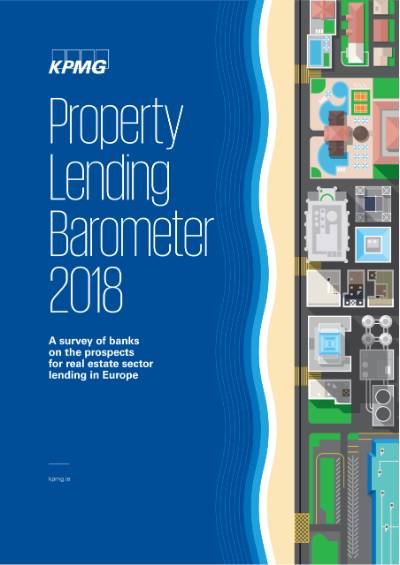We are delighted to present the Property Lending Barometer 2018, which is the 9th edition of our annual survey of banks’ real estate activity.
This survey was conducted with bank representatives from 14 European countries. It provides valuable insights into debt market conditions and assesses banks’ appetite to lend to the sector in 2019.
This year’s survey reveals that Irish banks are keen to lend on both investment and development assets. The strong Irish economy is having a positive effect on credit availability, leading to increased competition.
The robust market continues to attract new entrants such as non-domestic banks and non-bank lenders, however the main banks still make up the majority of lending volume. Banks are anticipating another good year in 2019 with sustained growth in real estate lending expected to continue based on a favourable outlook and increasing demand.
Overview of the European real estate market
Macroeconomic outlook of the region
Following the weak growth period after the economic crisis, the global economyis in a phase of steady improvement. The unemployment rate in the European Union has been decreasing since 2013 and is anticipated to reach its lowest level in 40 years. In line with the relative scarcity of labour, real wages are projected to rise in several countries, while household income is likely to continue its robust growth trend manifested since the millennium.. Forecasts indicate more moderate-but robust growth in the next few years, with all countries growing by less than 4% in 2019, and the average growth for these economies reaching 2.4% by 2020.
Bank lending
The sustained growth of lending activity in Europe has been supported by eased lending conditions and stable demand since 2014. Competitive pressure in the financing sector and favouable risk perceptions have also spurred overall loan growth. Competitive pressure in the financing sector, and favourable risk perceptions have also spurred overall loan growth and this positive tendency is likely to prevail throughout 2018.
Real estate market in Europe
During the first half of 2018, total investment volume decreased by 19% compared to H1 2017, reaching just below EUR 110 billion. This is considered the lowest level first half since 2014. The slowdown is partly due to the amount of pending deals recorded in the first 6 months along with the maturity of the market and high prices in Europe’s core countries and cities. Political concerns are also considered as a negative driver for investments.
Christophoros P. Anayiotos
Board Member, Head of Deal Advisory
KPMG in Cyprus


